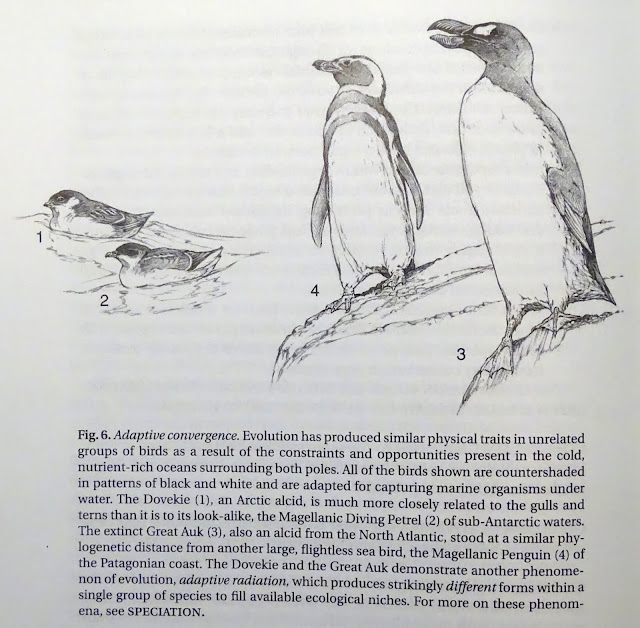Early on the morning of December 30, six weeks ago, Rick
Heil headed to Andrews Point next to Halibut Point knowing that conditions
favored a good day for spotting offshore birds blown in to the coast. He stayed
for eight hours with his tripod wedged between the car seat and the door,
telescope protruding from the window. Here is his annotated
report as posted
on EBird, a website maintained by the Cornell Ornithological Laboratory.
Where possible I include my own photos taken on less challenging days. But it's
those strenuous conditions that brought in the phenomenal numbers of pelagic
bird sightings.
Next week's posting will feature an interview with Rick on
his seawatching experience.
Andrews Point,
Rockport
December 30, 2019
8 hr, 10 min
Overcast,
ENE winds 25-40 mph, sleet, snow squalls, and rain, with periods of no
precipitation as well; 35˚F; visibility 3/4 to 3+ miles; seas 6-12 feet.
Excellent flight! This is what strong East winds can produce here compared to
typically much less productive, but seemingly more frequent N-NNE or even NE
winds. All birds moving NW to SE as usual.
 |
Dovekies
|
 |
Common murres
|
Details: Epic! New all-time high count
by a long shot! The largest single flock was eighty birds, but there were
numerous flocks of ten to forty or more, some entirely comprised of this
species, or mixed with Razorbills or with a Thick-billed Murre embedded. Most birds
were in full winter plumage with extensive white high onto the face and behind
the eye and with a thin black post-ocular stripe, although maybe 5% showed a
partial hood / some duskiness on the face and throat but were clearly not
Thick-billed Murres; all showed paler grayish-brown backs and upperwings
(compared to blackish Razorbills), long, straight, sharp bills, trailing feet,
and on close individuals, dusky streaks on the flanks.
Compare to previous high counts here: 438 on 16 Dec 2018, 420 on 12 Dec. 2002,
340 on 23 Jan. 2016, and 307 on 21 Dec. 2012. This certainly must also be an
all-time high count for a species that's flagged as rare by Ebird!
 |
Thick-billed murre
|
Details: Not an unusual count; All with
mostly dark heads with paler throats; distinctive shape relative to Common
Murre: more compact, much less sleek, almost neck-less in flight, with bill
often pointed downward in flight; darker brownish-black upperparts, shorter
thicker billed.
 |
Razorbill
|
 |
Black guillemot, winter plumage
|
Details: apparent juvenile: small squat
alcid, larger than Dovekie, all dark underwings, dusky face, broad bill but
less than adult
 |
Black-legged kittiwake
|
 |
Kittiwakes, juvenile
(L) and adult (R)
|
Details: counted; approximately 2635 adults, 95 - 1W;
third-highest all-time count here for me: cf., 4300 on 3 Nov. 1999, 4260 on 21
Oct. 1996, and 2425 on 9 Dec. 2009.






















